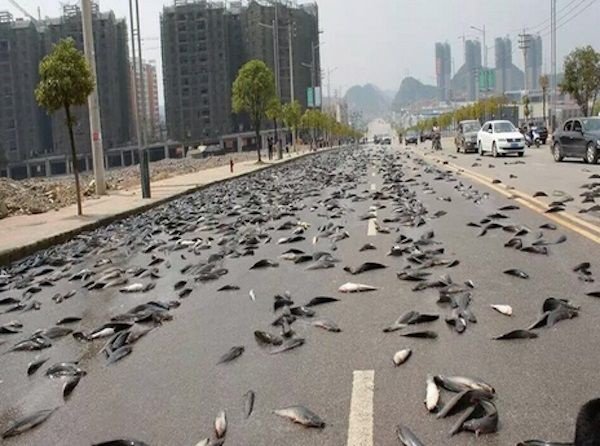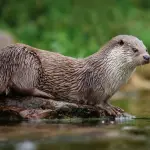Have you ever wondered how fish end up in ponds? It’s a fascinating process that involves various natural and human activities. Whether it’s a small backyard pond or a large natural water body, the presence of fish is essential for maintaining a balanced ecosystem. Let’s delve into the intriguing journey of fish finding their way into ponds.
Credit: www.quora.com
Natural Processes
Fish often end up in ponds through natural processes such as flooding and water transfer. During heavy rains or flooding, water from nearby rivers or streams can overflow into ponds, carrying fish along with it. This natural phenomenon can introduce a variety of fish species to ponds, contributing to the biodiversity of the aquatic habitat.
Additionally, some ponds are connected to larger water bodies through underground channels or natural water flow. Fish can migrate from rivers or lakes into connected ponds, driven by their natural instincts to seek suitable habitats for feeding and breeding. These natural processes play a significant role in the colonization of ponds by fish.
Human Intervention
Human intervention also plays a crucial role in introducing fish to ponds. Fish stocking, which involves the intentional introduction of fish into ponds, is a common practice for enhancing recreational fishing and promoting ecological balance. Fish stocking programs are often conducted by environmental agencies, private landowners, and fishing enthusiasts to improve the fish population in ponds.
Furthermore, fish can be transferred to ponds through aquaculture activities. Fish farms and hatcheries rear various fish species for commercial purposes, and surplus fish are often released into ponds to minimize overcrowding in aquaculture facilities. This practice not only benefits the aquaculture industry but also contributes to the ecological diversity of ponds.
Transportation and Release
Transporting fish to ponds involves careful planning and consideration of environmental factors. Fish are often transported in specialized tanks or containers filled with oxygenated water to ensure their survival during the journey. Once they arrive at the designated ponds, the fish are gently released into the water, allowing them to acclimate to their new environment.
It’s important to note that the transportation and release of fish into ponds should be conducted responsibly to prevent any negative impact on the existing aquatic ecosystem. Environmental assessments and stocking regulations are implemented to maintain the ecological balance and prevent the introduction of invasive species that could disrupt the natural habitat of the pond.
Benefits of Fish in Ponds
The presence of fish in ponds offers numerous benefits, including biological pest control and nutrient cycling. Many fish species feed on aquatic insects and larvae, helping to control insect populations in and around ponds. Additionally, fish play a crucial role in nutrient cycling by consuming organic matter and recycling nutrients within the aquatic ecosystem.
From an ecological perspective, fish contribute to the overall health of ponds by participating in food webs and maintaining a harmonious balance among various aquatic organisms. They also provide recreational opportunities for fishing enthusiasts and create a visually appealing and dynamic aquatic environment for pond owners and visitors.

Credit: www.sciencefocus.com
Conclusion
In conclusion, the presence of fish in ponds is influenced by natural processes, human intervention, and responsible transportation and release practices. Understanding how fish end up in ponds sheds light on the complex interactions between aquatic ecosystems and human activities. Whether it’s through flooding, intentional stocking, or aquaculture practices, the introduction of fish into ponds contributes to the ecological diversity and sustainability of these aquatic habitats.
Next time you visit a pond, take a moment to appreciate the intricate journey that fish undertake to inhabit these serene and vibrant aquatic environments.





